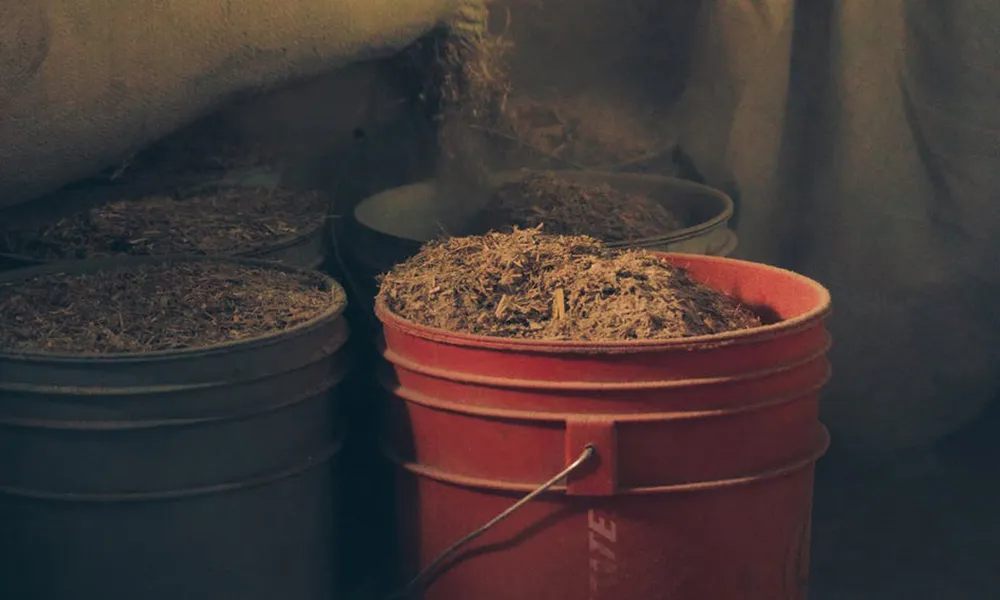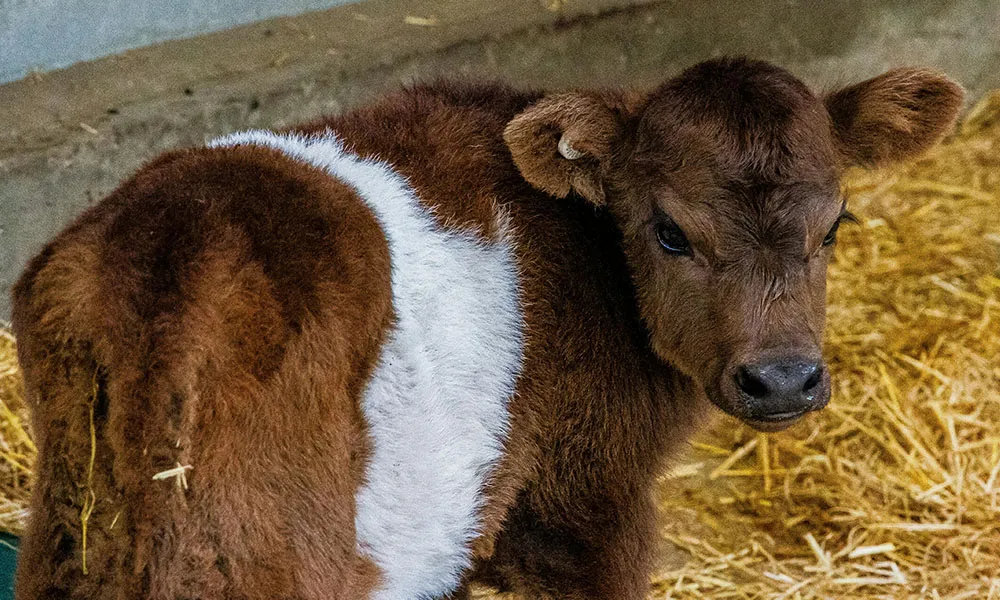
Following last week’s Government agreement that the agriculture sector will have to reduce emissions by 25% in the next 8 years, Agridirect.ie look at the concept of anaerobic digestion and ask whether it could be a viable option for farmers trying to reduce their emissions.
25% Cut to Emissions: A Call to Diversify Farm Revenue
It is now official. The agriculture sector will have to reduce its emissions by 25% in the next eight years. While this is 5% shy of what some Government leaders were advocating for, it nonetheless represents a massive challenge to the sector. It means that farming in this country will undergo its most radical period of transformation since the foundation of the state. No farm will be unaffected by the new emissions targets, and many of us will now have to diversify our farm revenue sources in order to turn a profit.
An Acrimonious Debate
To say that the discourse around last week’s Government negotiations was acrimonious would be an understatement. For my part, I feel there is nothing to be gained by continuing to engage in the vitriol that came from all sides on social media recently. The reality is that, while the emissions targets may be a bitter pill to swallow for many farmers, they are very unlikely to be changed. At this point, our energy would be better spent preparing for the dramatically altered landscape confronting our sector.
The Solar Grant: An Opportunity for Farmers
In particular, it seems that there will be considerable funding opportunities available to farmers who wish to become net contributors to the national energy grid. A couple of weeks ago, we wrote an article examining the fairly lucrative new grant (60% of total cost) available for installation of solar panels on farm sheds. Additional changes to current rules will mean that farmers who install these panels will be able to sell their surplus to the grid at a profit.
Anaerobic Digestion
Another area of interest to some farmers will be anaerobic digestion. This is the conversion of feedstock into two products, biogas and digestate, by depriving it of oxygen. During anaerobic digestion, the feedstuff is broken down into its constituent products by micro-organisms; and while this process may appear fanciful as a means of generating energy, it has actually been practiced by humans for a very long time. Those who see it as an important part of Ireland’s future energy mix have a point.
They key point here is that there are no hard and fast rules about what kind of feedstuff you use, as long as it does not contain wood. Manure is commonly used in anaerobic digestion. The biogas that the process produces is an excellent source of energy that can be fed to the national grid, while the digestate can be used as fertiliser.
Government Funding Will Be Key
The question, then, is not whether anaerobic digestion works; but whether it can be profitable as a revenue stream for Irish farms in future. And the answer is that this will depend on the amount of funding the Government is willing to offer farmers to install digesters. If no meaningful funding is available, it is difficult to imagine financially strapped farmers queueing up to install expensive equipment that has little realistic prospect of yielding a return in the near future.
However, if the Government is serious about helping the agriculture sector to meet its targets, and elects to put a serious offer on the table in terms of grant funding, anaerobic digestion could be a key part of the diversification process for many farmers in the coming years.











